#Hyalophora cecropia
Text

Gunpowder.
This was a loose portrait for LittleNuibea on Twitter!
#finished#digital#portrait#loose portrait#insect#bug#moth#hyalophora cecropia#digital art#furry#anthro#procreate#art#artwork#digital drawing#artists on tumblr
35 notes
·
View notes
Text


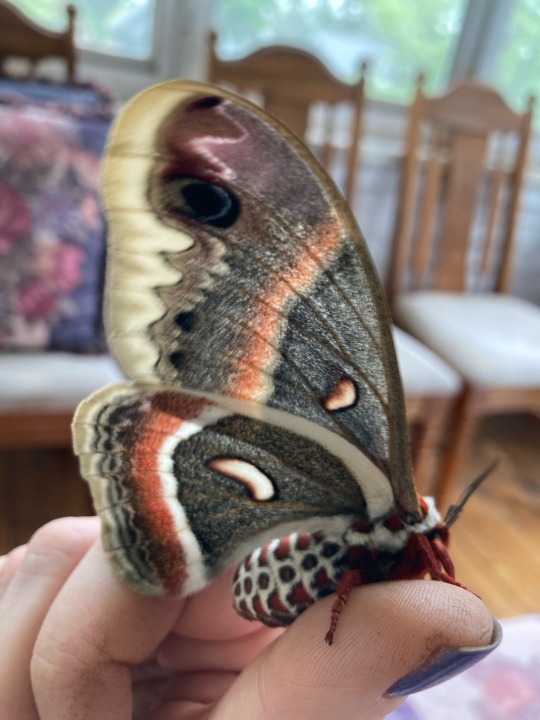
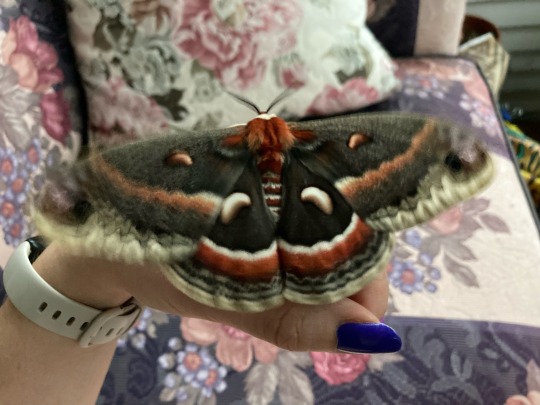

I’m so blessed to meet this little lady, the first of my 7 cecropia caterpillars from last summer to emerge. I wasn’t counting on her to come so early! I’m hoping to find her a mate, but I don’t know how good her odds are in this neck of the woods. I found her mother in the suburbs about 5-7 miles from here, so I don’t know how many cecropia find their way close to the urban (but still residential) core.
For those wondering: she is every bit as soft as she looks and she sounds like a bird when she beats her wings. Also she has a strong smell; kinda like musty chocolate and old leaves.
If I am fortunate to get fertilized eggs out of this group, I would love to raise the next generation of caterpillars. They have brought me so much joy and I missed them so much during their long pupation.
#moth#cecropia moth#insect#bug#lepidoptera#I love her so so so much#it was a childhood dream to see one of these#and they were quite easy to care for#such a docile charismatic species#silk moth#saturnidae#Hyalophora cecropia#sorry for my face jumpscare#silence of the lambs references have abounded
339 notes
·
View notes
Text

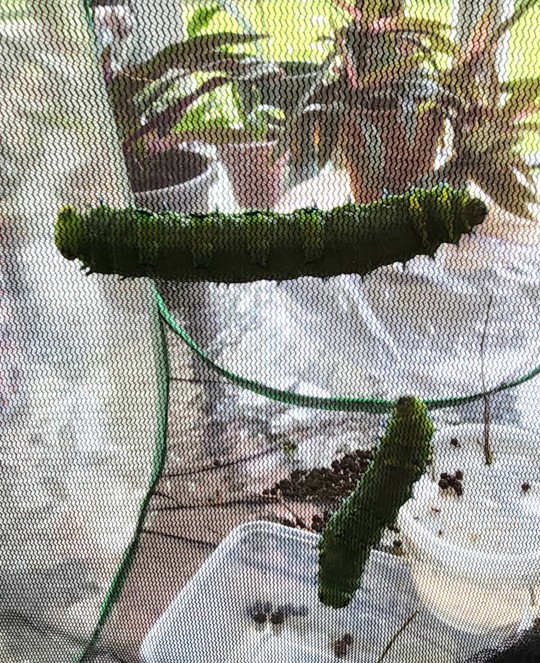
Bug of the Day
These chonkbeasts. Will. Not. Stop. Eating.
#chonkbeasts#caterpillar#caterpillars#moth#insect#bug of the day#BotD#Cecropia#hyalophora cecropia#Hyalophora#Saturniidae#lepidoptera
127 notes
·
View notes
Text

Tried pinning these cecropia moths…
53 notes
·
View notes
Text


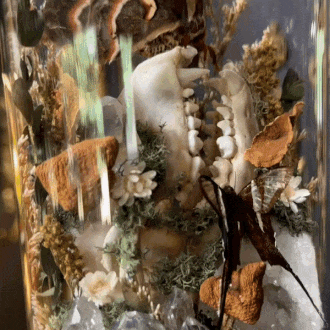
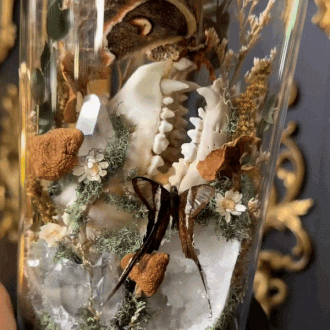
bewitchedoddities_ on ig
#stim#terrariums#moths#bones#sfw#whimsigoth#brown#white#clear#animal skulls#dragontail butterfly#lamproptera meges#insects#bugs#cecropia moth#hyalophora cecropia#art#crystals#rocks#minerals#dried plants#moss#dried mushrooms#hands#teeth#ishy gifs#postish
133 notes
·
View notes
Text
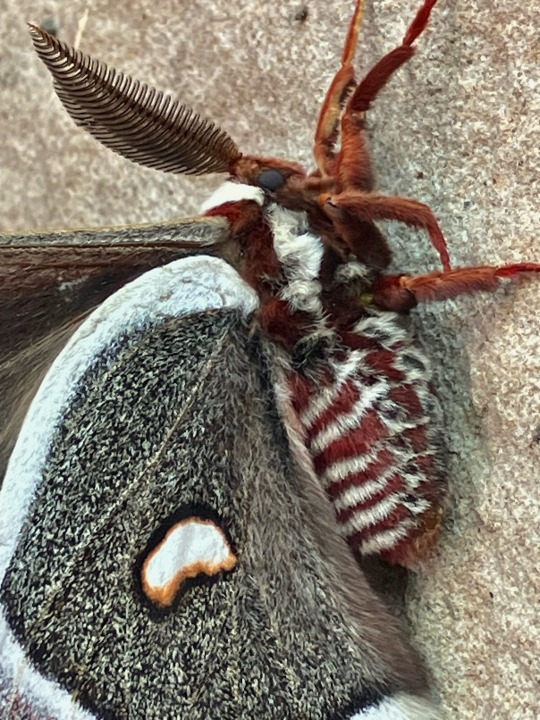
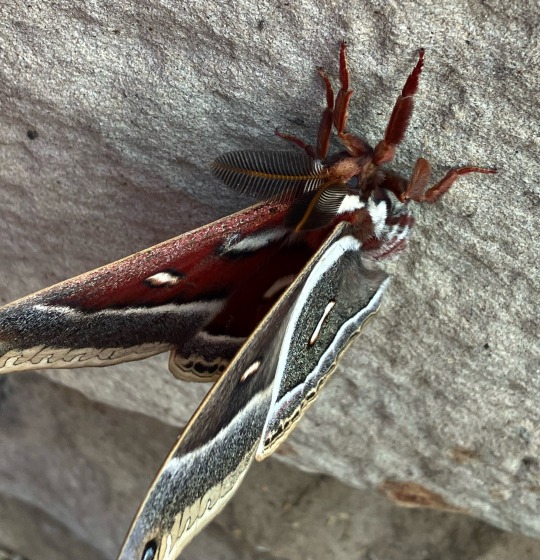
made a friend yesterday :-)
#watched this guy/gal for so long before it took off bc i don’t think i’ve ever seen one in person. so breathtaking!! <3#bug tw#silk moth#cecropia moth#hyalophora cecropia#moth#micronature#micro photography#mine#nature#naturecore#outdoors#aesthetic#nature photography#original photography#original photographers
24 notes
·
View notes
Text

draw a moth every day challenge
new moth today!! a cecropia moth. gonna try out some different species over the next couple days
(daily moth doodle 17/366)
33 notes
·
View notes
Text
Moth of the Week
Cecropia Moth
Hyalophora cecropia

The cecropia moth is a member of the family Saturniidae or the family of giant silk moths. This species was first described in 1758 by Carl Linnaeus. This moths gets its name from the mythological kind of Athens, Cecrops I.
Description The cecropia moth’s wings are brown or black with crescent spots which are white in the center and then fade to red then black. They are larger on the hindwings. All the wings also have a white stripe followed by a red one and then frilled white patterns and white and grey edges. The forewings have a black eyespt on the upper corners. The moth’s head and back are red with a white band and dark antennae. The body is hairy with red legs, a white upper body, and an alternating red and white abdomen.
Average wingspan: 15.24 cm (6 in)
Diet and Habitat Caterpillars eat trees and shrubs such as wild cherry, plum, maple, willow, boxelder, apple, crabapple, and lilac, to name a few. Adult moths have no mouths and do not feed. These moths can be found east of the Rocky Mountains in the United States and Canada. Their range goes west to Washington and north into the majority of Canadian provinces. They prefer hardwood forests and are most commonly found on maple, cherry, and birch trees.
Mating Mating season for this moth is late May or June. The females release pheromones which the males detect with their antennae. They can detect up to a mile away but can fly up to 7 miles during their search. The mating usually begins early in the morning and lasts until the evening. These moths are univoltine, meaning they have only one generation per year.
Predators This species is parasitized by some species of wasps and flies, especially the Compsilura concinnata, who lay their eggs in or on the caterpillars. Other threats are squirrels, loss of habitat, and outdoor lights.
Fun Fact The cecropia moth is North America's largest native moth
(Source: Wikipedia; Iowa State University, Horticulture and Home Peat News; National Wildlife Federation; Prairie Haven; AZ Animals)
#animals#bugs#facts#insects#libraryofmoths#moth#mothoftheweek#lepidoptera#Hyalophora cecropia#cecropia moth#Saturniidae
98 notes
·
View notes
Text
Does anyone else love moths? Specifically Cecropia moths, the largest moth species native to North America? They're my favorite kind :D /pos
35 notes
·
View notes
Text

Cecropia moth (Hyalophora cecropia) by S.A. Lawless (me), 2023.
Love these chonky lunar beauties 🖤
5 notes
·
View notes
Text
Wrangling the Children onto some fresh leaves. The Cecropia Kids are over 40 days old and still growing, and I’m starting to worry they won’t pupate in before I leave on vacation . Granted, I’m sure everything will be ok but it’s in my nature to worry over multi-legged invertebrate children. I just love larvae.
(Forgive the frass, I cleaned it out shortly after getting all the cats onto fresh food)
#hyalophora cecropia#cecropia moth#caterpillars#invertebrates#larvae#bugs#insect#bug keeping#I love these guys so much#they walk right onto my hands and it tickles!#I wash my hands for their safety and only handle very lightly and only when coaxing them into new food#they’re very chill and docile#if they don’t pupate in a week I have to hunt down a box elder tree in a new neighborhood and I’m worried#will it be good enough for the children? I hope so
458 notes
·
View notes
Text
finally finished drawing a moth thats been in my sketchbook for some time, now with updated pic and better lighting

5 notes
·
View notes
Text
Hyalophora Cecropia






https://entnemdept.ufl.edu/creatures/bfly/moth2/cecropia_moth.htm
Adults are occasionally seen attracted to lights during spring and early summer, a common habit of many moths. It is unclear exactly why these insects visit lights, although a number of theories exist. One such theory posits that artificial lights interfere with the moths' internal navigational equipment. Moths, and indeed many other night-flying insects, use light from the moon to find their way in the dark of night. Since the moon is effectively at optical infinity, its distant rays enter the moth's eye in parallel, making it an extremely useful navigational tool. A moth is confused as it approaches an artificial point source of light, such as a street lamp, and may often fly in circles in a constant attempt to maintain a direct flight path.
The range of Hyalophora cecropia is from Nova Scotia in eastern Canada and Maine south to Florida, and west to the Canadian and U.S. Rocky Mountains.
Larvae: There are typically five larval instars, each lasting approximately one week. First instar larvae are black and feed gregariously.

First instar larvae of the cecropia moth, Hyalophora cecropia

Fifth instar larva of the cecropia moth, Hyalophora cecropia
2 notes
·
View notes
Photo
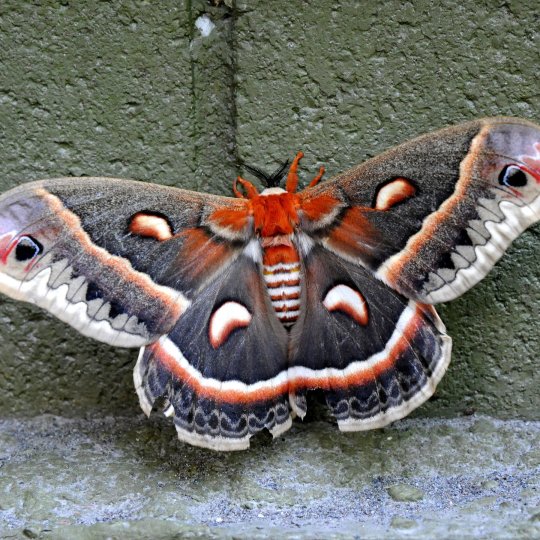
Hyalophora cecropia, alternatively known as the Cecropia moth, is North America’s largest native moth species, and are a member to the family Saturniidae, or giant silk moths. The females of these beautiful creatures have a wingspan of up to seven inches or more. Typically found during the spring or summer, perched on a maple or birch tree. Unlike most other caterpillars with bristles, the larval stage of this moth lacks venom. Like several other species, the Cecropia moth is born without a mouth and thus unable to feed, as such they have a short adult life of ten days or two weeks at most.
#invertebrate#hyalophora cecropia#cecropia moth#silk moth#moth#insect#flying insect#nature#wildlife#entomology#photography
13 notes
·
View notes
Text
Moths are neat

#imgonnalearnhowtoartbetter#ink art#alcohol based markers#original art#moths#hyalophora cecropia#cecropia moth
12 notes
·
View notes